Environment


We are implementing GHG reduction initiatives with the aim of achieving our carbon neutrality for 2050.
*We have expressed our support for TCFD.
*We have responded to the CDP questionnaire of Climate Change and Water Security first time in FY2023. We received the following scores: Climate Change: B-, Water Security: B-.
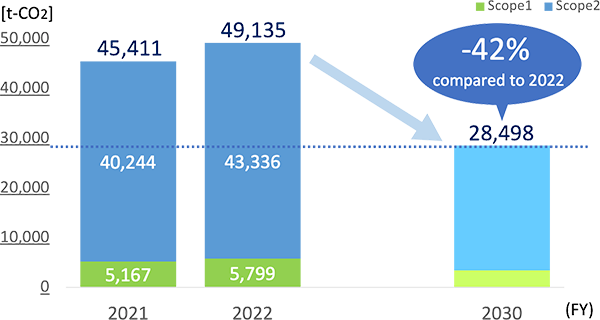
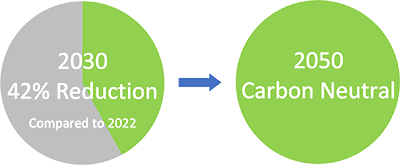

Makino has formulated an environmental policy as set out below.
Makino will always give consideration to the environmental impact of all processes in which our products are produced and used by customers to build societal trust.
In accordance with this environmental policy, we will carry out the specific activities mentioned below.
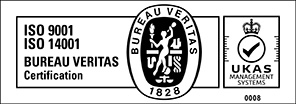 Our Atsugi and Fuji Katsuyama Plants have obtained ISO 14001 certification for environmental management systems and ISO 9001 certification for quality management systems.
Our Atsugi and Fuji Katsuyama Plants have obtained ISO 14001 certification for environmental management systems and ISO 9001 certification for quality management systems.

*The Energy consumption is based on oil equivalent [kl] which is converted from amount of Electric, Kerosene, Gas consumption.
*Definition of energy consumption per production output: Energy consumption in oil equivalents [kl] / production output[million yen]
We develop function and processing technologies that save energy and achieve high productivity.
Learn more
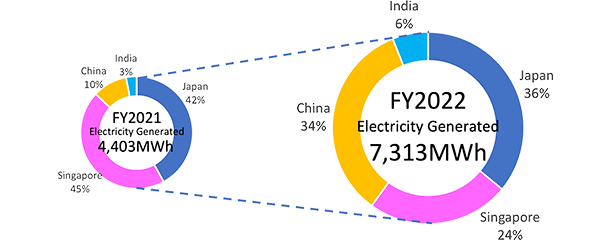
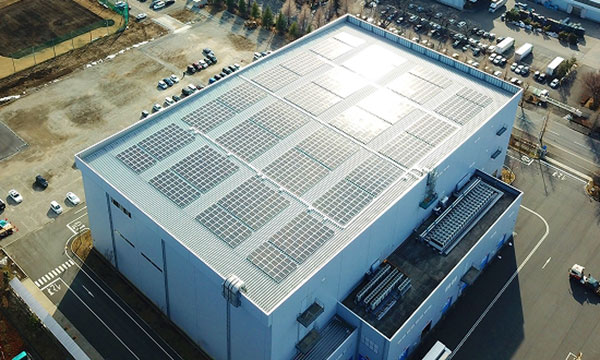
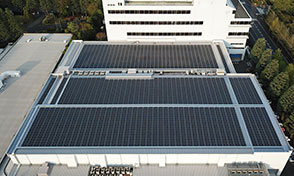
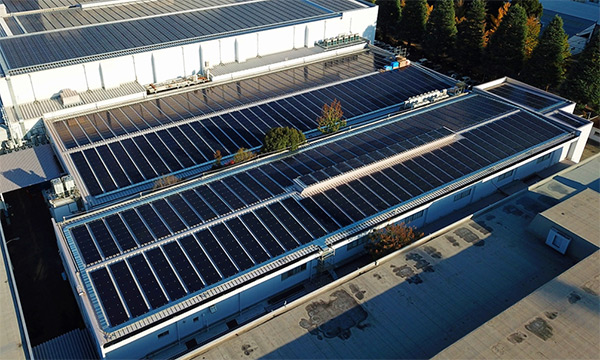
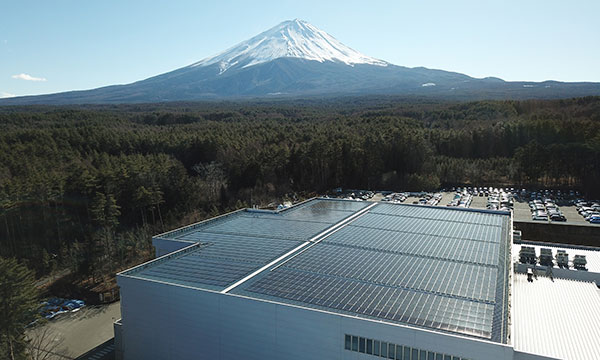
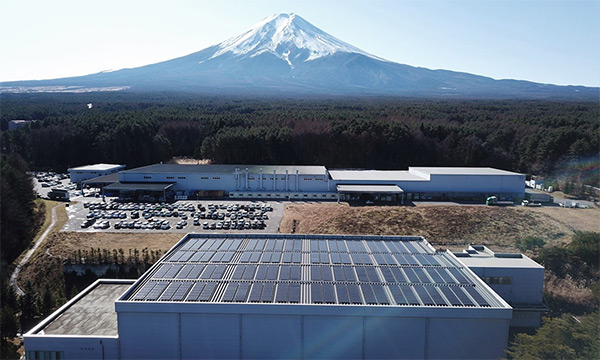
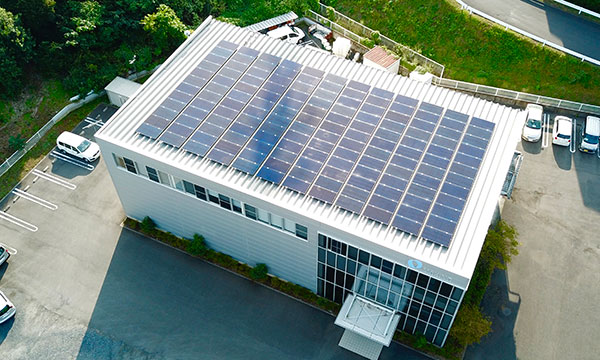
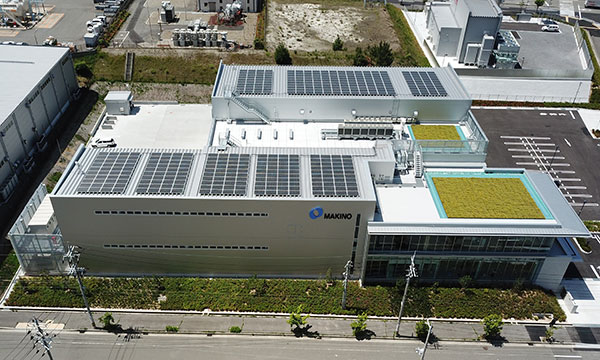
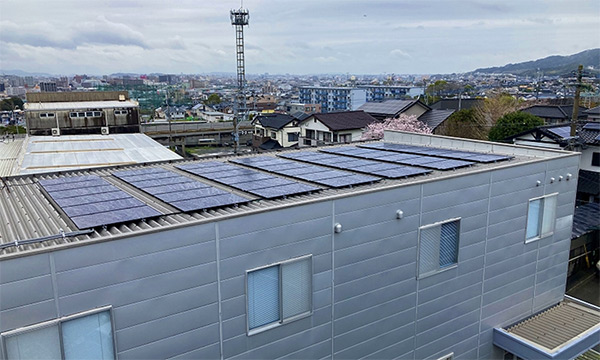
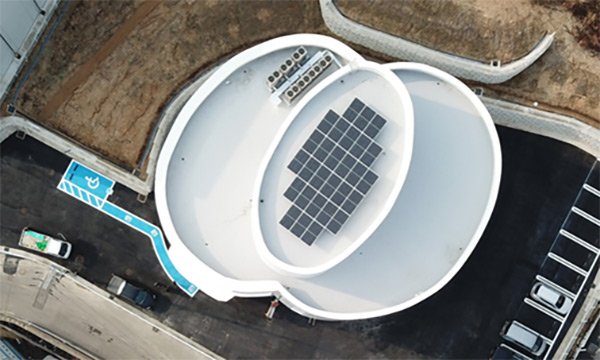
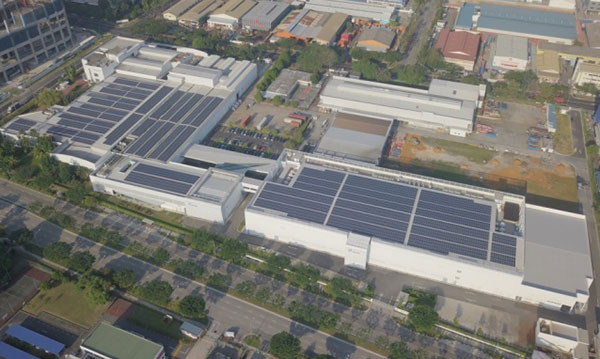

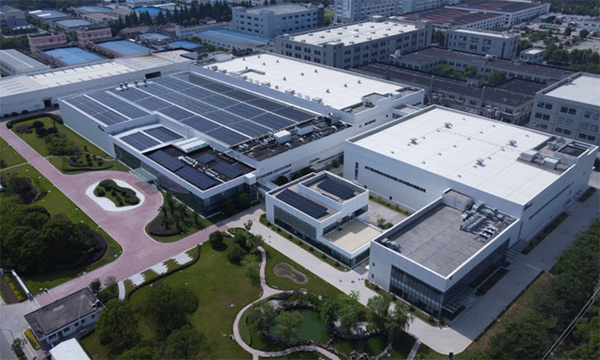




The Kobe Technical Center uses geothermal heat that retains a constant temperature throughout the year to control indoor temperature fluctuation.
The Singapore Plant has cooling water circulated through the ceiling to suppress air conditioning energy consumption due to the environmental conditions of its location, close to the equator and experiencing strong direct sunlight.
It also adopts insulating material in its walls to reduce the impact of outdoor temperature changes.